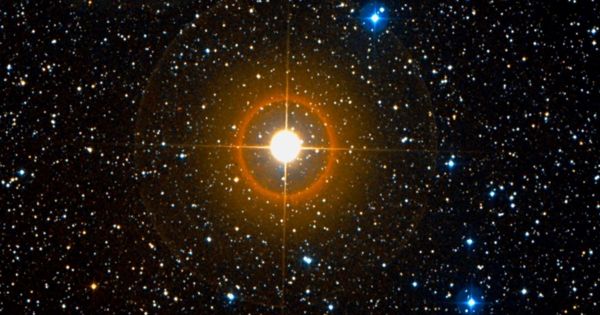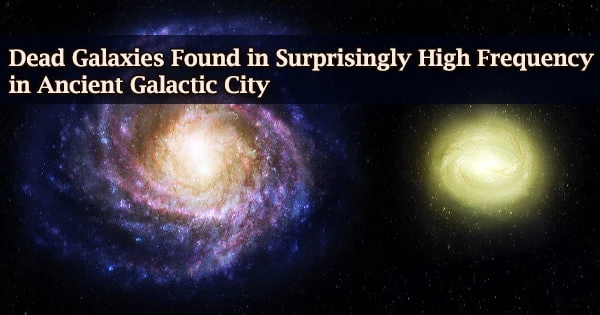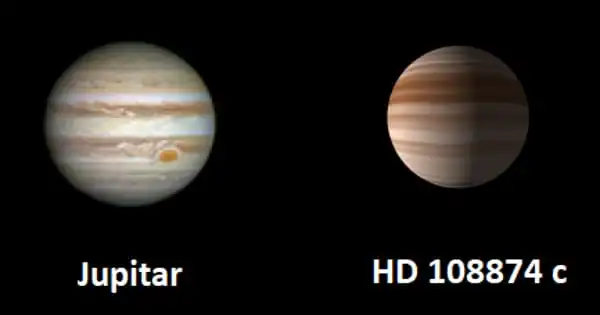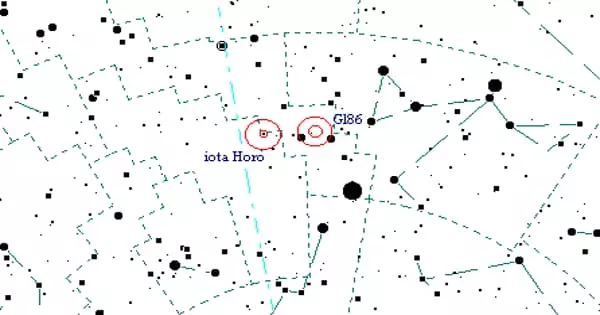NML Cygni, also known as V1489 Cygni is a red hypergiant star. It is a red supergiant in the constellation Cygnus. It is one of the largest stars known at present. It is about 1,640 times the Sun’s radius, However, an older study from 2010 says it is 1,183 solar radii. It is one of the extremely luminous supergiant stars. It is one of the largest stars currently known by radius and is also one of the most luminous and massive cool hypergiants, as well as one of the most luminous stars in the Milky Way. It is one of the closest massive associations to the Sun.
It was discovered in 1965, by Gerry Neugebauer, D.M. Martz and Robert Leighton. The name ‘NML’ comes from the names of the three discoverers. It has also been given the designation V1489 on account of the small semi-regular brightness variations caused by pulsations and mass loss.
NML Cygni is a red hypergiant star and one of the largest stars known at present. It is about 1,650 times the Sun’s radius. It is one of the extreme luminous supergiant stars.
NML Cygni’s distance from Earth is about 5,250 light-years. The radius of NML Cyg is uncertain but calculated to be between 1,183 and 2,770 times that of the Sun (R☉). This star has dust surrounding it. It has a bean-shaped asymmetric nebula with H2O vapor. It is a semiregular variable star with a period of about 940 days. If placed at the center of the Solar System, its surface would extend past the orbit of Jupiter or Saturn.
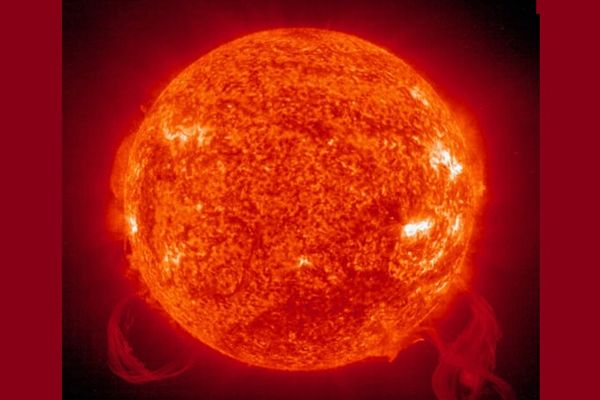
This star is a part of the Cygnus OB2 association, which is 1.74 ± 0.2 kpcs away. This is one of the nearest massive star groups to the Sun. It has an estimated mass-loss rate of 4.2 to 4.8×10−4 M☉ per year, one of the highest known for any star. This group includes some of the most massive and most luminous stars known, including the suspected luminous blue variable Cyg OB2 #12. From the observations, it is estimated that NML Cygni has two discrete optically thick envelopes of dust and molecules. NML Cyg is a massive oxygen-rich star. This star has a dusty environment surrounding it, and it has a bean-shaped asymmetric nebula with H2O vapor. Molecules like H2O, SiO, CO, HCN, CS, SO, SO2, and H2S are also present.
NML Cygni has two dense envelopes of dust and molecules. The star has one of the largest mass loss rates at around 2 × 10-4 M☉ per year. These dust envelopes are formed by the high mass emission rate. Because of its unique position in the Milky Way, the star does not dominate its local interstellar environment.
Information Source:
